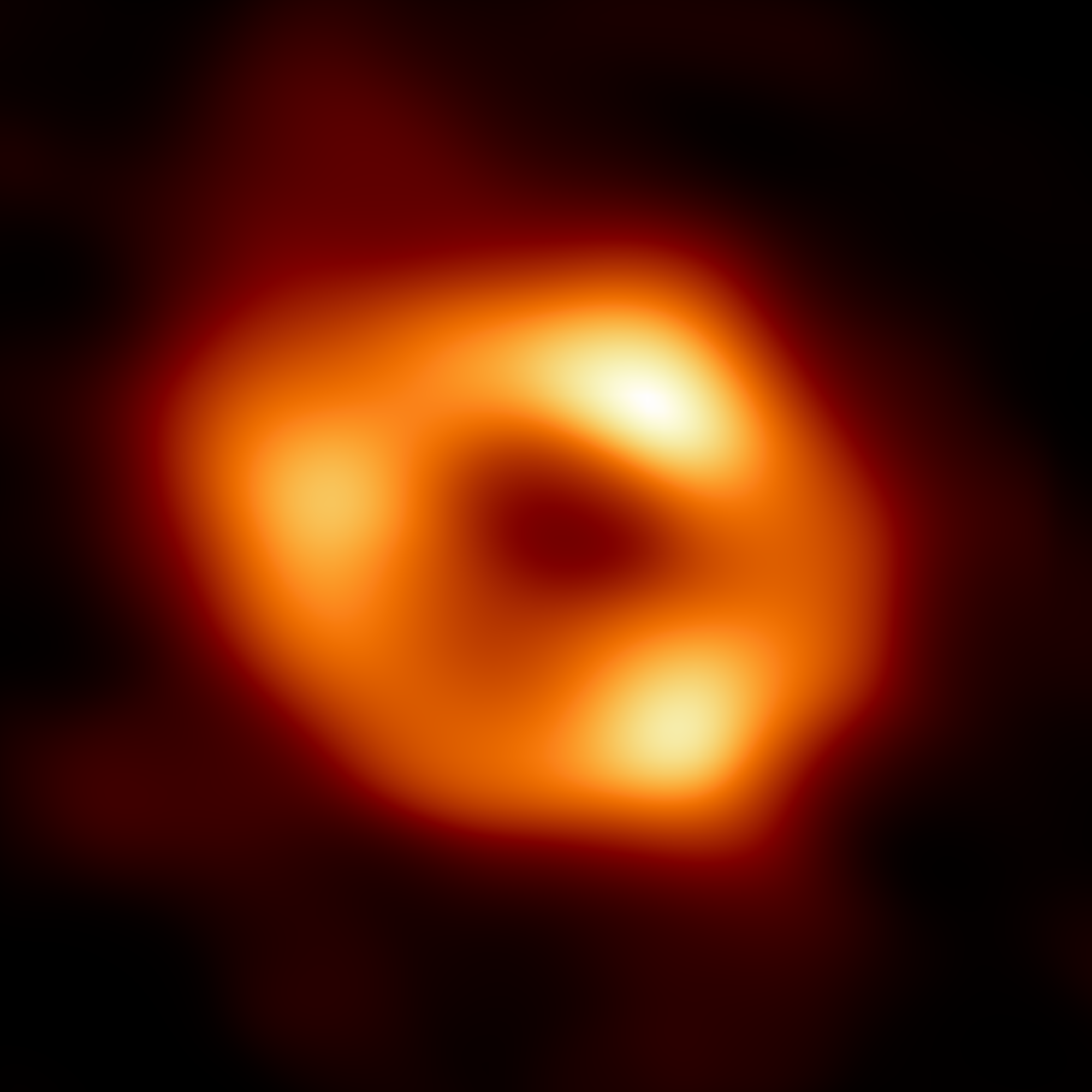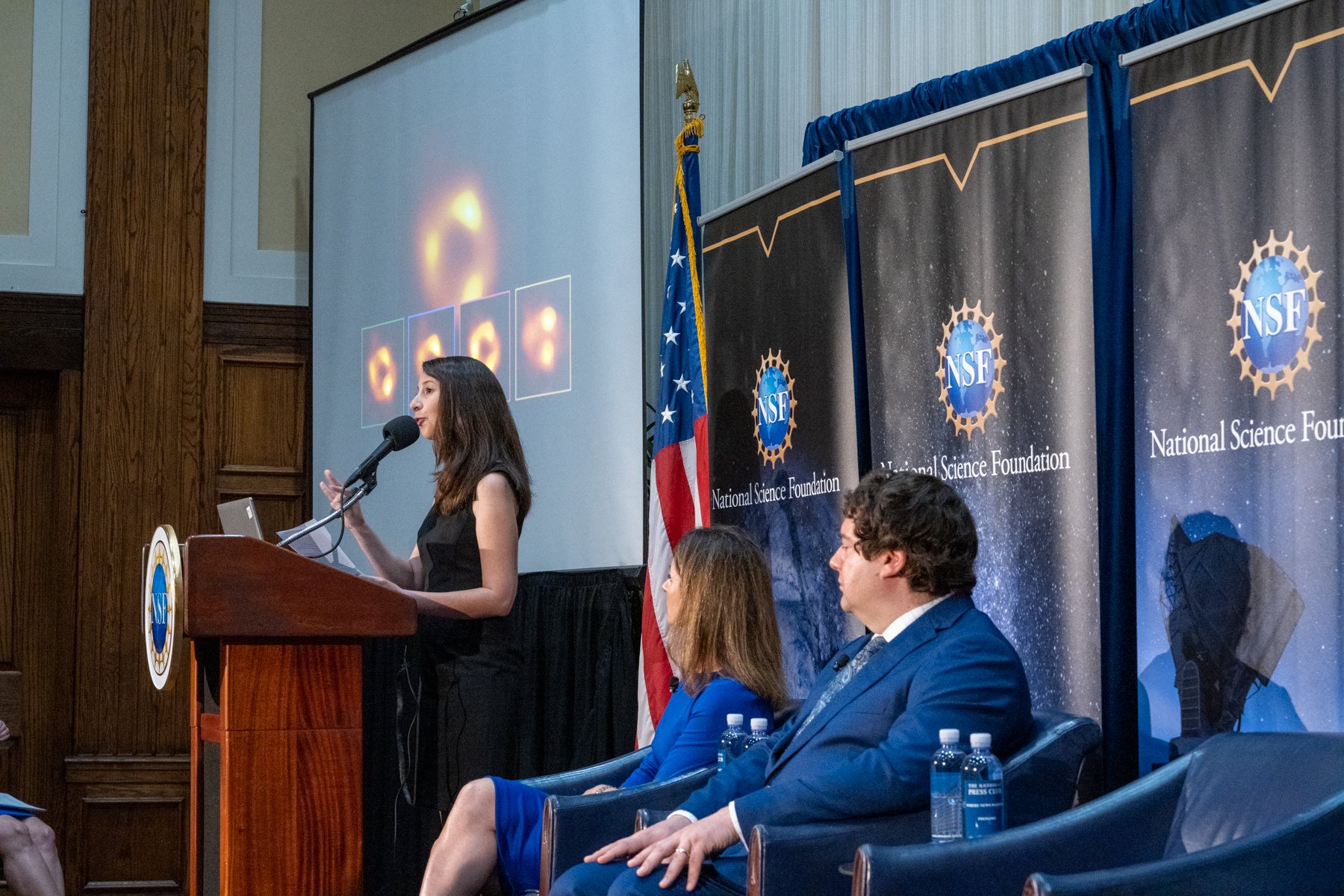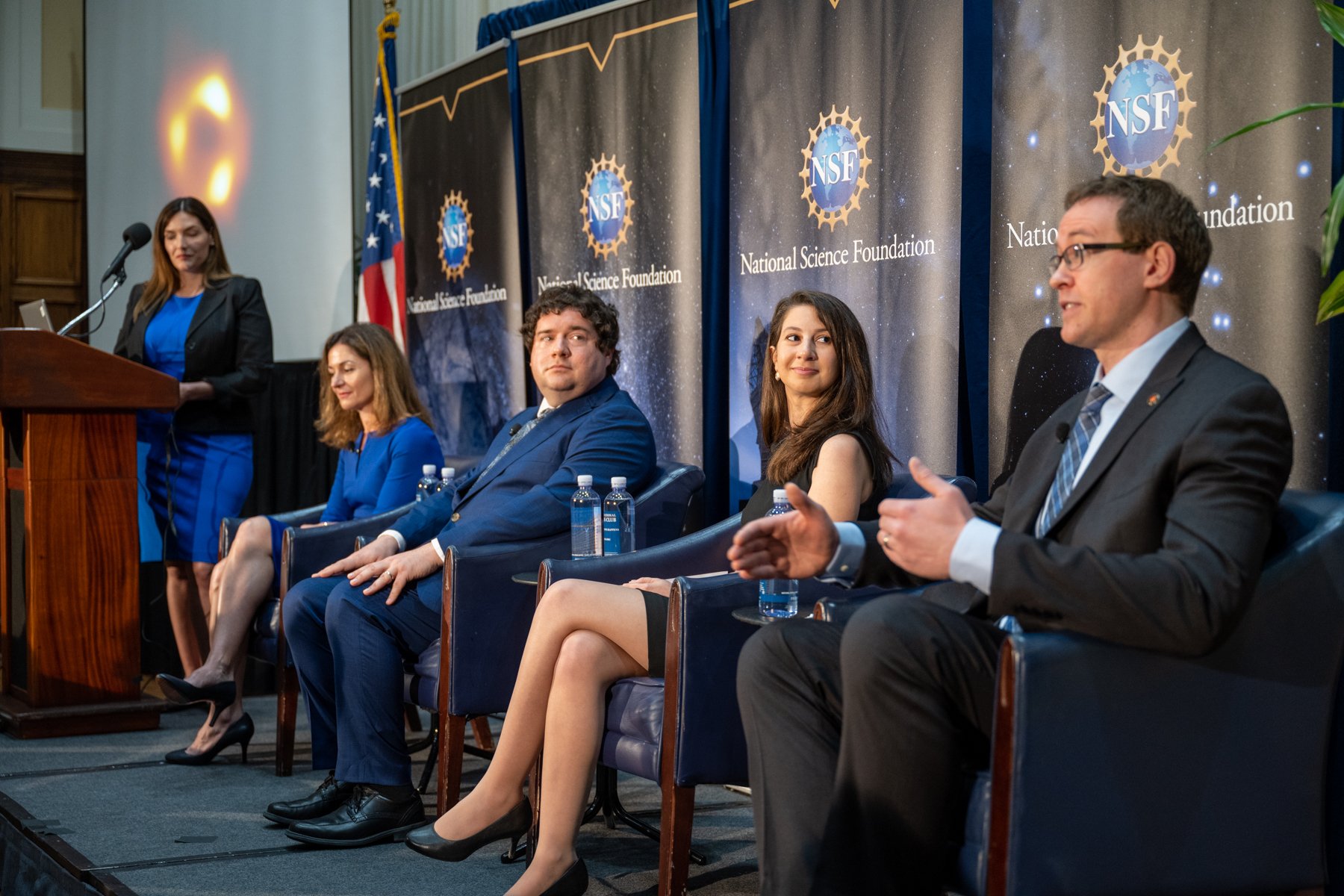

We present the first event-horizon-scale images and spatiotemporal analysis of Sgr A* taken with the Event Horizon Telescope in 2017 April at a wavelength of 1.3 mm. Imaging of Sgr A* has been conducted through surveys over a wide range of imaging assumptions using the classical CLEAN algorithm, regularized maximum likelihood methods, and a Bayesian posterior sampling method. Different prescriptions have been used to account for scattering effects by the interstellar medium towards the Galactic Center. Mitigation of the rapid intra-day variability that characterizes Sgr A* has been carried out through the addition of a "variability noise budget" in the observed visibilities, facilitating the reconstruction of static full-track images. Our static reconstructions of Sgr A* can be clustered into four representative morphologies that correspond to ring images with three different azimuthal brightness distributions, and a small cluster that contains diverse non-ring morphologies. Based on our extensive analysis of the effects of sparse (u,v)-coverage, source variability and interstellar scattering, as well as studies of simulated visibility data, we conclude that the Event Horizon Telescope Sgr A* data show compelling evidence for an image that is dominated by a bright ring of emission with a ring diameter of ~50 microarcseconds, consistent with the expected "shadow" of a 4 x 10^6 solar mass black hole in the Galactic Center located at a distance of 8 kpc.
Check out the Caltech Press Release!
Katherine L. (Katie) Bouman -- Coordinator of the Imaging Working Group and paper coordinator for Paper III
Aviad Levis -- Subteam coordinator of the Synthetic Data Generation Team for Paper III
He Sun -- Developer of the DPI framework and analysis pipeline for Paper IV
Junhan Kim -- Commissioned telescopes, including the South Pole Telescope
The Event Horizon Telescope Collaboration. 5/12/2022. “First Sagittarius A* Event Horizon Telescope Results. I. The Shadow of the Supermassive Black Hole in the Center of the Milky Way.” The Astrophysical Journal Letters, 930, L12. [paper]
The Event Horizon Telescope Collaboration. 5/12/2022. “First Sagittarius A* Event Horizon Telescope Results. II. EHT and Multiwavelength Observations, Data Processing, and Calibration .” The Astrophysical Journal Letters, 930, L12. [paper]
The Event Horizon Telescope Collaboration. 5/12/2022. “First Sagittarius A* Event Horizon Telescope Results. III. Imaging of the Galactic Center Supermassive Black Hole .” The Astrophysical Journal Letters, 930, L12. [paper]
The Event Horizon Telescope Collaboration. 5/12/2022. “First Sagittarius A* Event Horizon Telescope Results. IV. Variability, Morphology, and Black Hole Mass.” The Astrophysical Journal Letters, 930, L12. [paper]
The Event Horizon Telescope Collaboration. 5/12/2022. “First Sagittarius A* Event Horizon Telescope Results. V. Testing Astrophysical Models of the Galactic Center Black Hole.” The Astrophysical Journal Letters, 930, L12. [paper]
The Event Horizon Telescope Collaboration. 5/12/2022. “First Sagittarius A* Event Horizon Telescope Results. VI. Testing the Black Hole Metric .” The Astrophysical Journal Letters, 930, L12. [paper]

